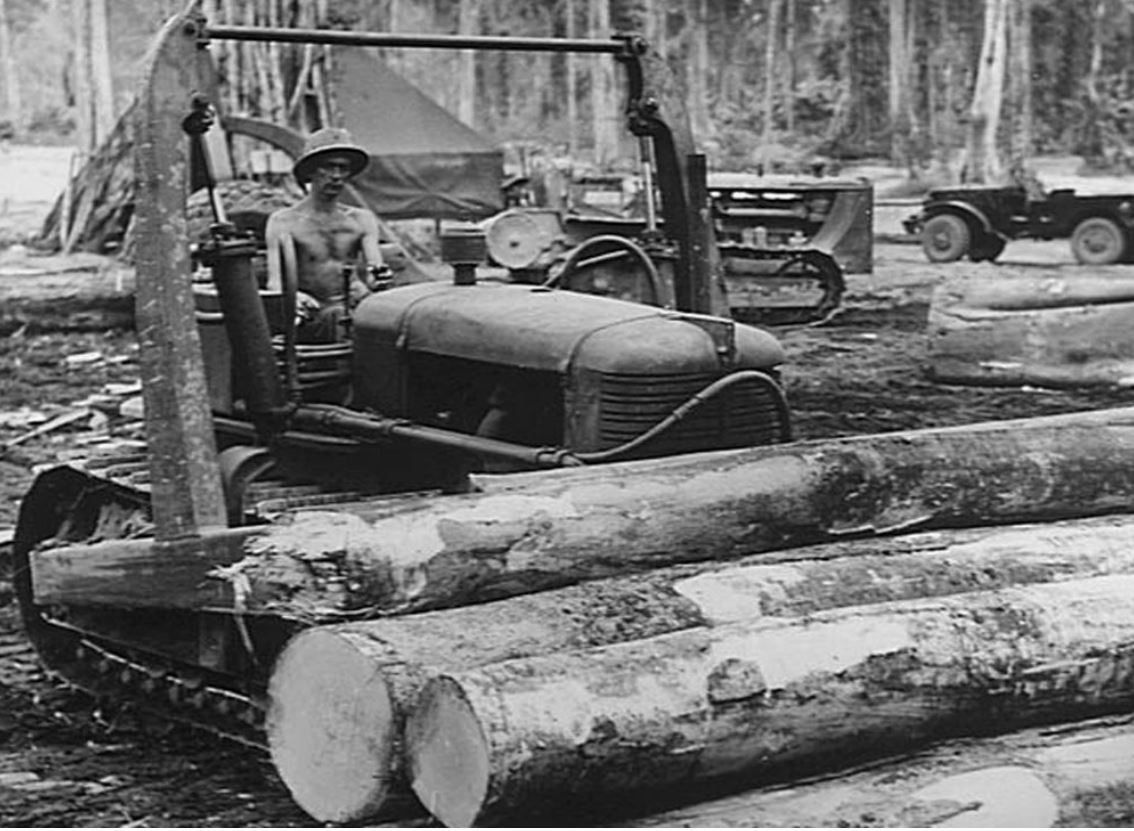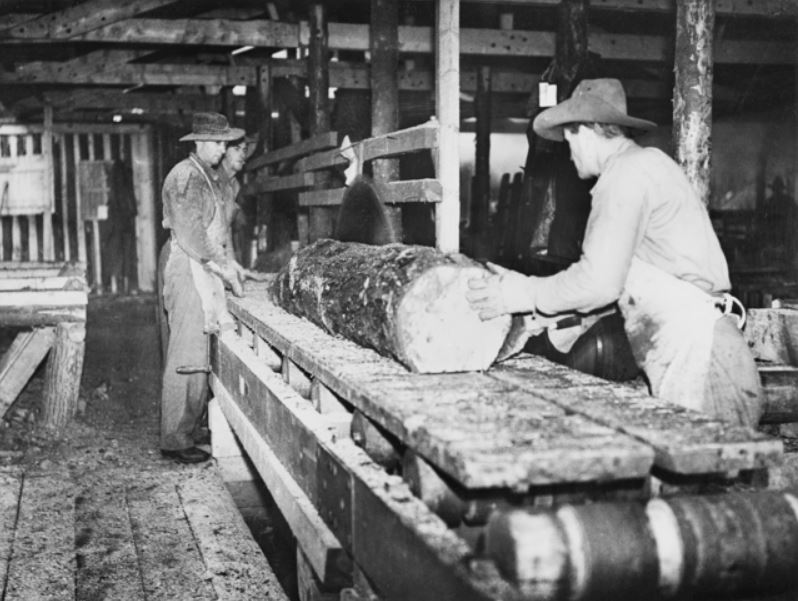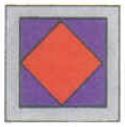2/1st Australian Forestry Company
From Our Contribution
Brief History
n 1939, the British Government requested that Australia raise three, 200-man strong companies of foresters to support the British Expeditionary Force in France. Two forestry companies were quickly raised in 1940 as part of the Royal Australian Engineers (RAE). The two Forestry Companies sailed from Fremantle on the [[HMT Stratheden}} on 30 May 1940 destined for England via the Suez Canal but were diverted via Cape Town after France fell. They arrived in England in July and undertook further military training at Alton, southern England. They were immediately positioned to guard against invasion while the Battle of Britain was underway.
As the threat of invasion receded, the men from the two Forestry Companies were deployed to Northumberland during September 1940. The 2/1 Forestry Company went to Seahouses, south of Berwick-upon-Tweed. Equipment was in short supply and there were no chainsaws, just axes and crosscut saws. The winter of 1940–41 was particularly cold and hard on the men as many had not seen snow before. They also were required to follow the British requirement which was to cut trees flush at ground level rather than two or three feet above the ground which sometimes required them to cut while kneeling in the snow and mud. All three Australian Forestry Companies were relocated to Dumfriesshire in Scotland during 1941, and then to Sussex in mid 1943. By the time the Forestry Group returned to Australia, 120 of its men had married British women and 40 children had been born. The Group departed the UK for Australia via America on 22 September 1943, but the wives of the men who had married in the UK were unable to accompany them until August 1944
Following their return to Australia in November, the forestry companies, undertook jungle warfare training at Canungra and received some new equipment and were later deployed to the Northern Territory and Papua New Guinea. In PNG they continued to harvest logs and produce sawn timber including material for wharfs and jetties. They worked alongside New Zealand and American forestry companies. The 1st Platoon then moved to Wewak in June and these sawmills remained in production until after the end of the war.
Unit Personnel
- Luke Pense 29 Mar - 10 Dec 1945
Notes
Content has come from The Unit Guide - Volume 3 - The Australian Army 1939-1945, page 3.572 - Graham R McKenzie-Smith - Big Sky Publishing - 2018



